America's COVID-19 vaccine effort is 'total chaos,' should add first come, first served option, vaccine expert says

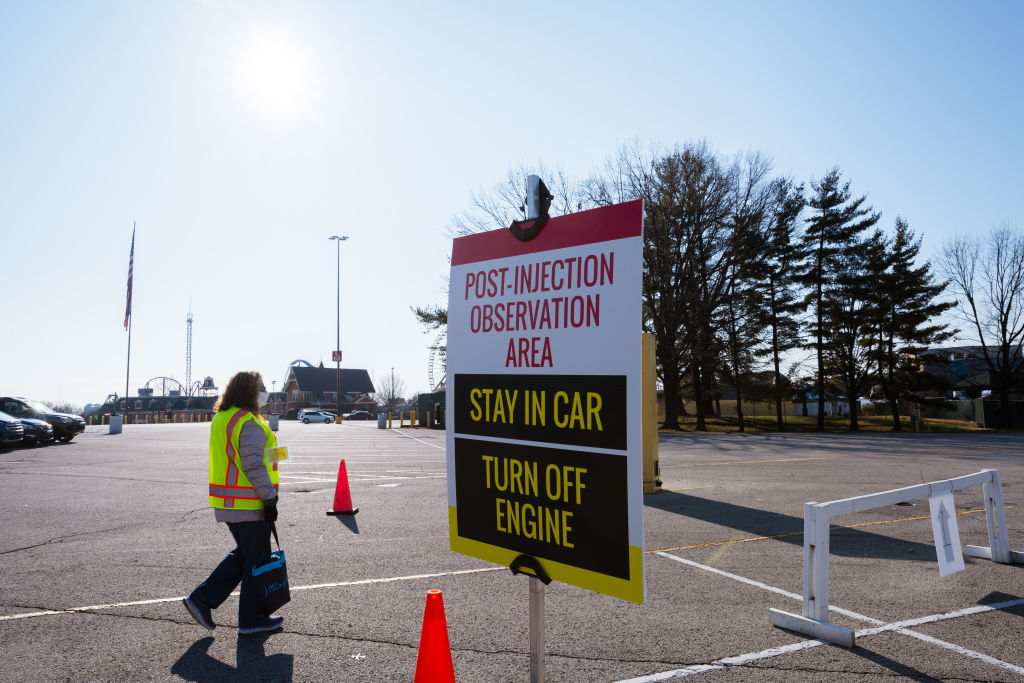
The U.S. kicked off a second phase of its COVID-19 vaccine campaign on Monday, when health care workers and others at the top of the tiered system began getting their second and final doses of the vaccine. But the rollout of the inoculation effort has been "slow and uneven," The Associated Press reports, "marked by confusion, logistical hurdles, and a patchwork of approaches by state and local authorities."
The Trump administration set a goal of vaccinating 20 million Americans by Jan. 1, but as of Jan. 4, only 4.5 million had gotten their first shot, the Centers for Disease Control and Prevention said, out of 15 million doses distributed. There is some resistance to getting vaccinated, but much of the problem seems to be logistics, Politico reports. States are simply struggling to match vaccine shots with the people who want and are qualified to get them. The effort has also been hampered by ineffective communication plans, the lack of any meaningful national outreach and education campaign, and a fractured, sagging health care system.
"It's total chaos," Peter Hotez, a vaccine expert at the Baylor College of Medicine in Houston, told Politico. "It's increasingly looking like we had a plan that was well-suited to vaccinate Singapore." The U.S. needs to inoculate about a million people a day to get the pandemic contained by September, and Hotez said America won't get those numbers under the current plan. He told Politico the U.S. should scrap its tiered system and supplement the doses shipped to nursing homes and hospitals with mass vaccination venues, like sports stadiums or outdoor tents, where anyone who wanted the vaccine could show up for a shot. "That is in the works in some states," Politico notes.
The Week
Escape your echo chamber. Get the facts behind the news, plus analysis from multiple perspectives.

Sign up for The Week's Free Newsletters
From our morning news briefing to a weekly Good News Newsletter, get the best of The Week delivered directly to your inbox.
From our morning news briefing to a weekly Good News Newsletter, get the best of The Week delivered directly to your inbox.
The U.S. needs to "get the vaccine in people's arms," Hoetz said. "The only other choice is to continue with 3,000 deaths a day."
A free daily email with the biggest news stories of the day – and the best features from TheWeek.com
Peter has worked as a news and culture writer and editor at The Week since the site's launch in 2008. He covers politics, world affairs, religion and cultural currents. His journalism career began as a copy editor at a financial newswire and has included editorial positions at The New York Times Magazine, Facts on File, and Oregon State University.
-
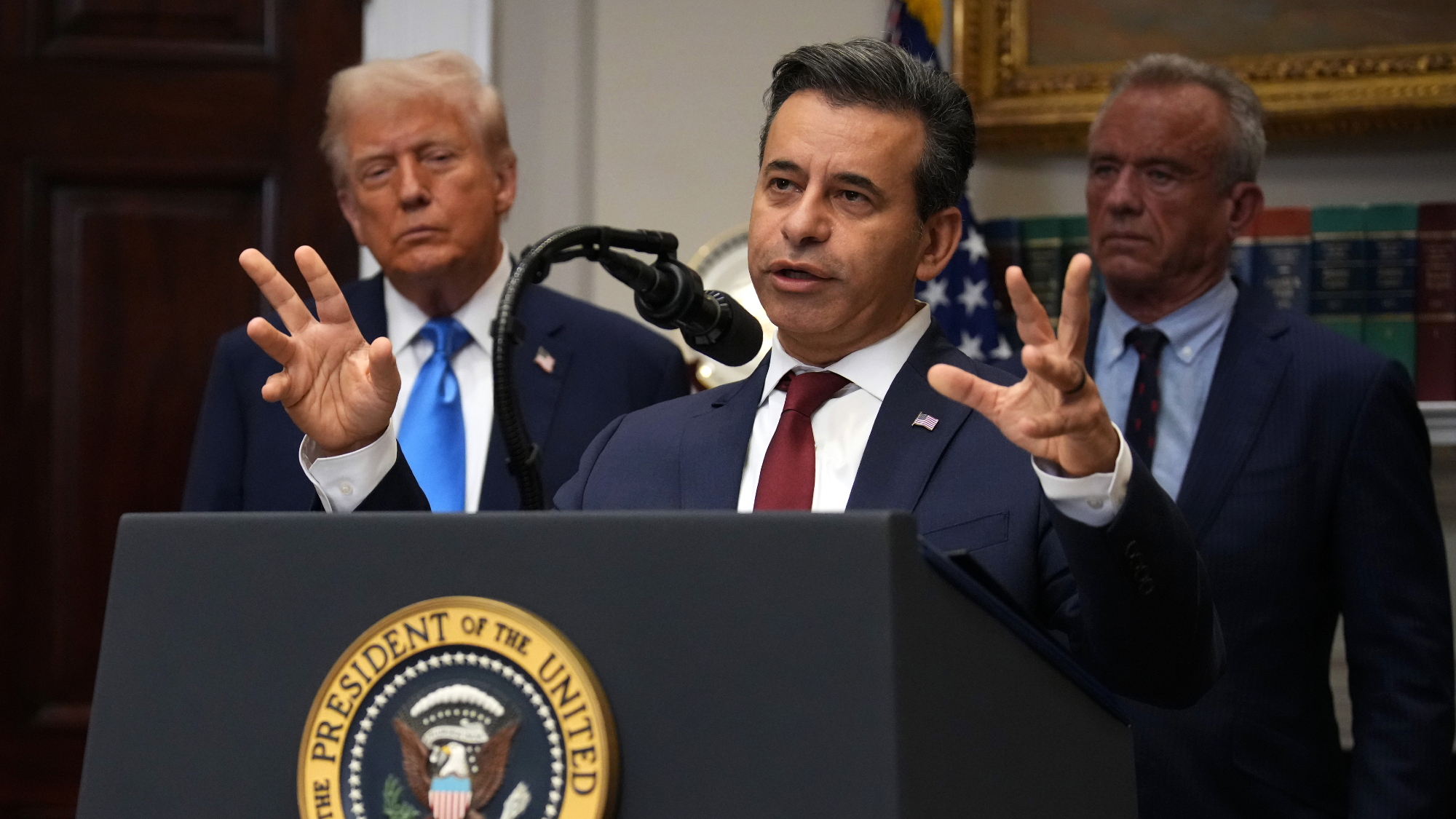 FDA OKs generic abortion pill, riling the right
FDA OKs generic abortion pill, riling the rightSpeed Read The drug in question is a generic version of mifepristone, used to carry out two-thirds of US abortions
-
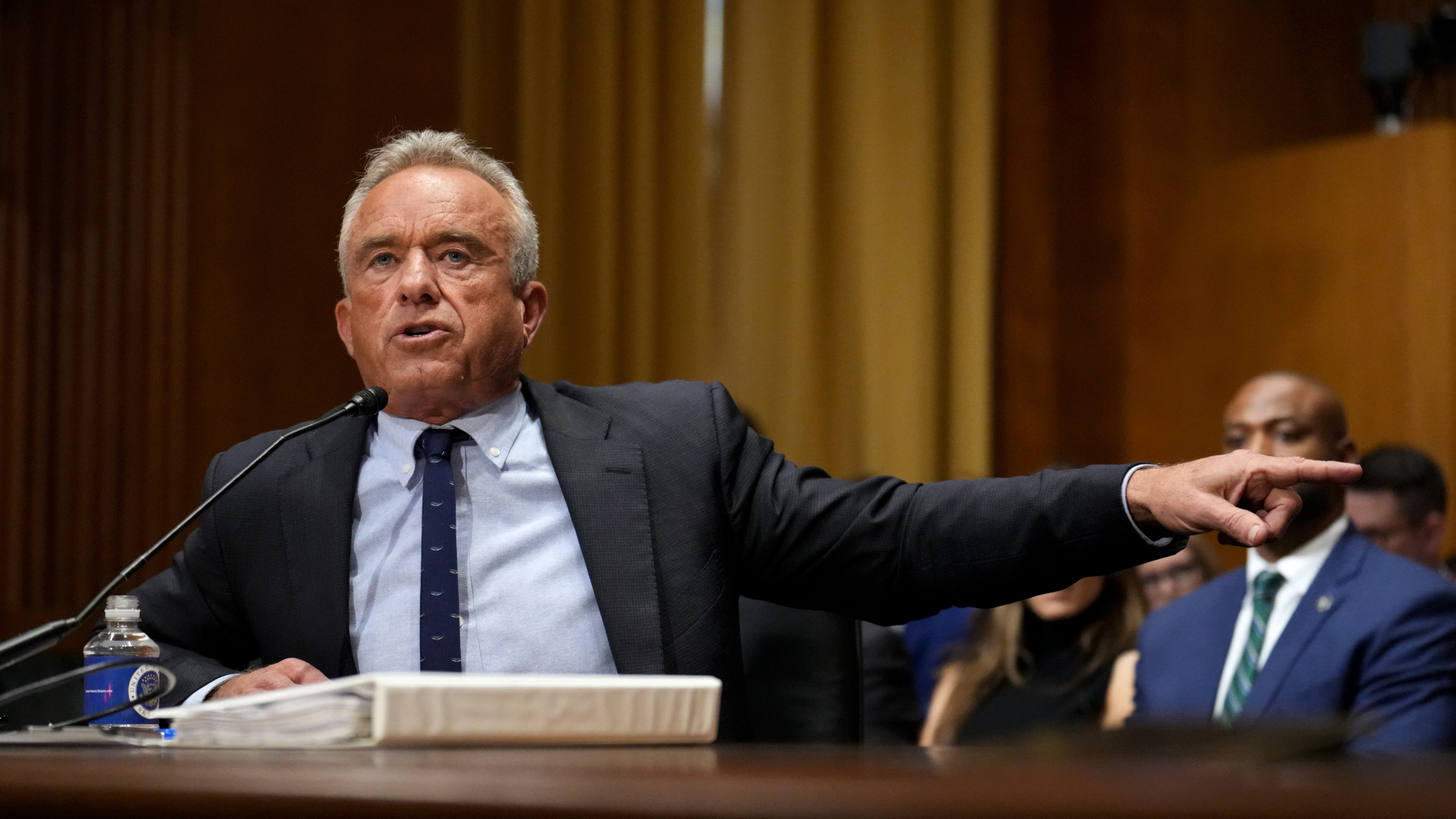 RFK Jr. vaccine panel advises restricting MMRV shot
RFK Jr. vaccine panel advises restricting MMRV shotSpeed Read The committee voted to restrict access to a childhood vaccine against chickenpox
-
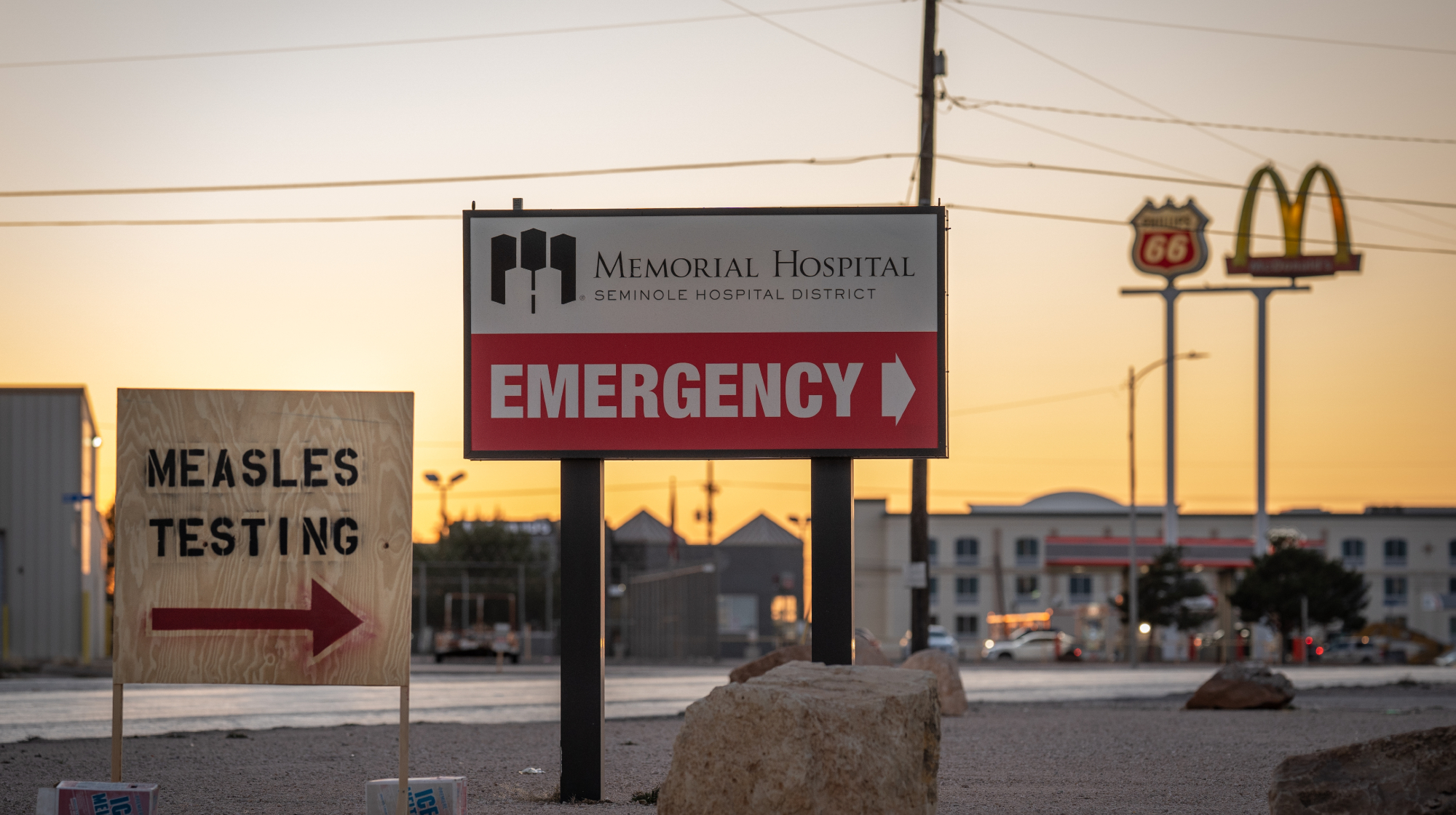 Texas declares end to measles outbreak
Texas declares end to measles outbreakSpeed Read The vaccine-preventable disease is still spreading in neighboring states, Mexico and Canada
-
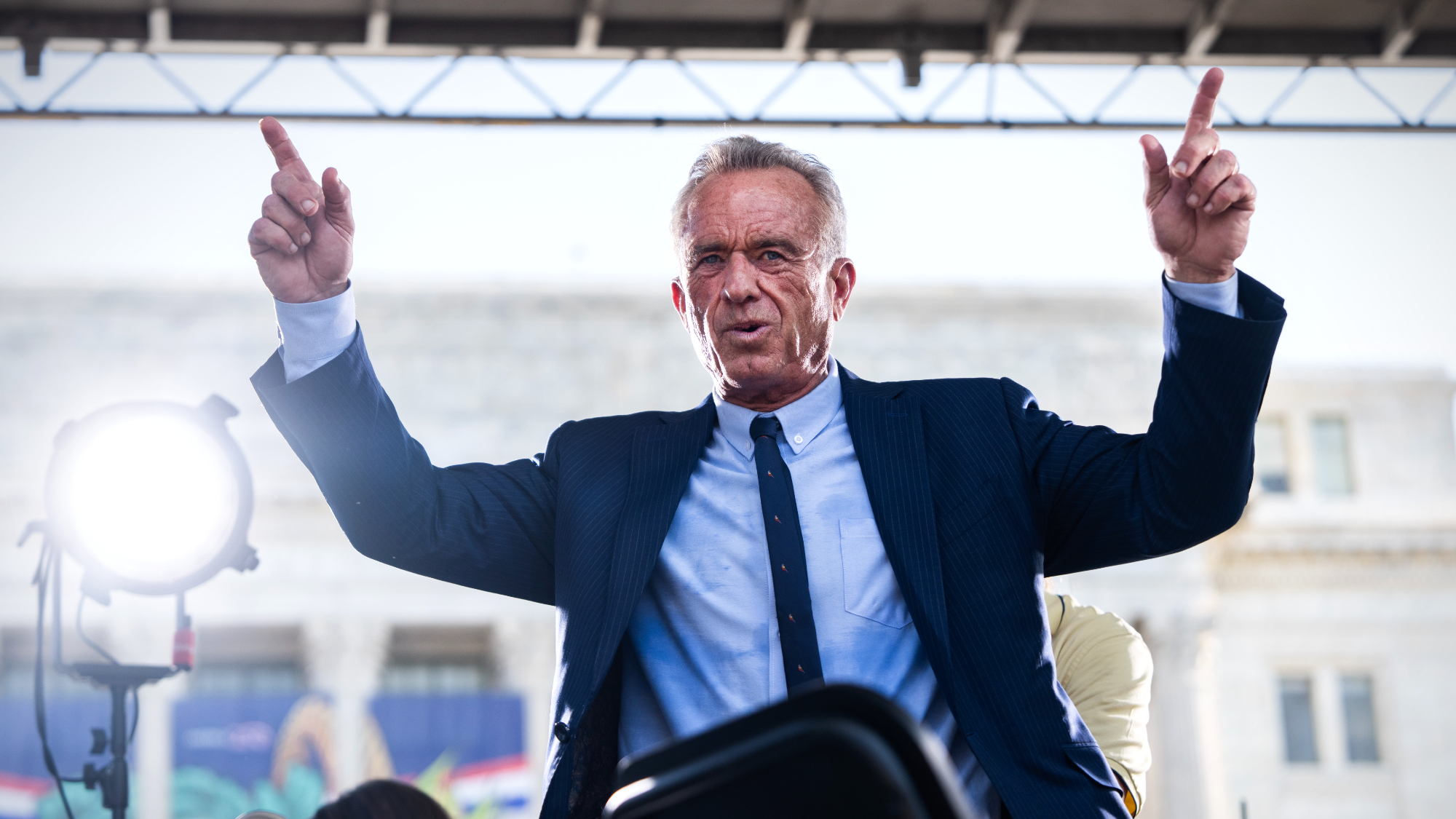 RFK Jr. shuts down mRNA vaccine funding at agency
RFK Jr. shuts down mRNA vaccine funding at agencySpeed Read The decision canceled or modified 22 projects, primarily for work on vaccines and therapeutics for respiratory viruses
-
 Measles cases surge to 33-year high
Measles cases surge to 33-year highSpeed Read The infection was declared eliminated from the US in 2000 but has seen a resurgence amid vaccine hesitancy
-
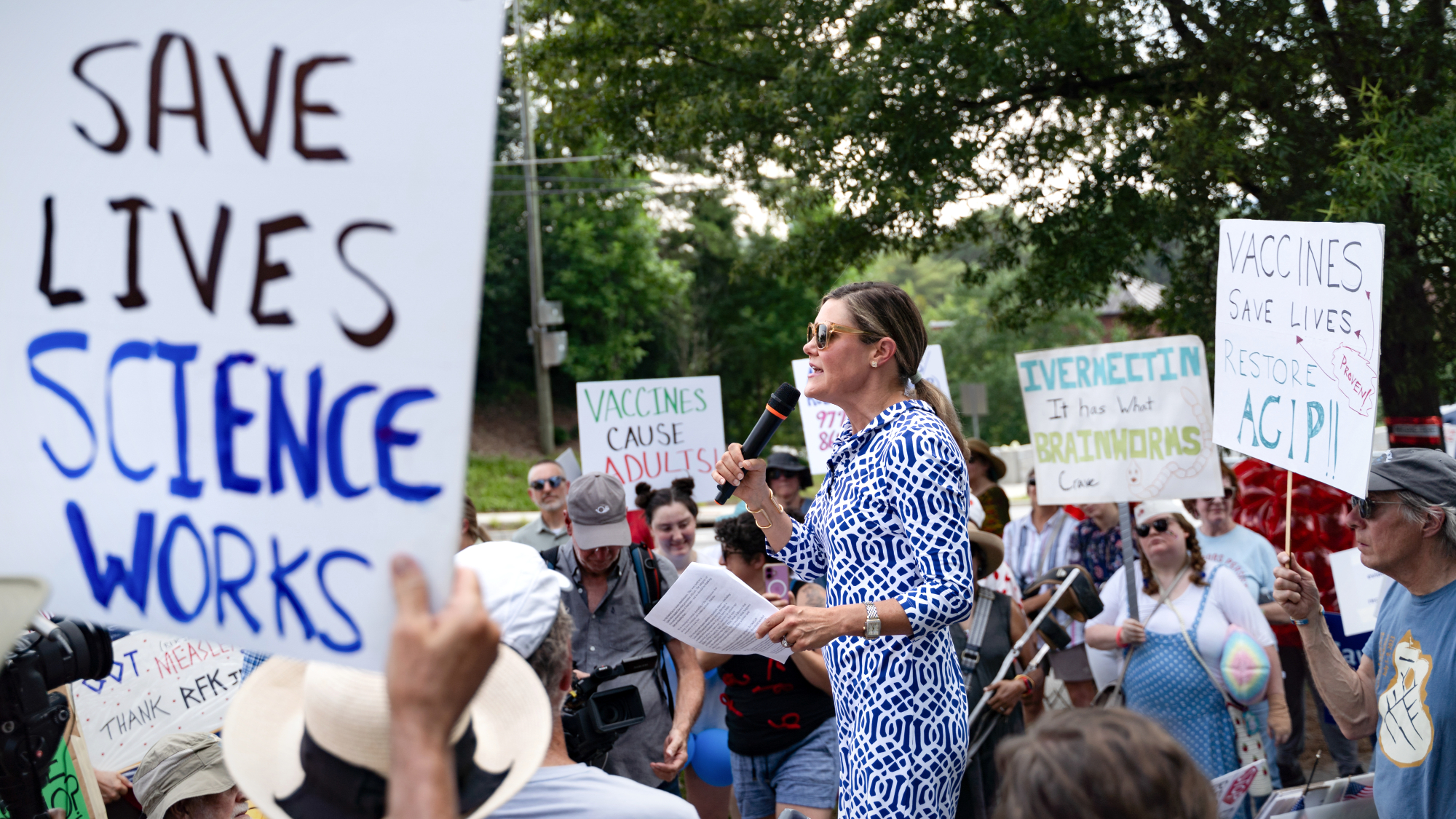 Kennedy's vaccine panel signals skepticism, change
Kennedy's vaccine panel signals skepticism, changeSpeed Read RFK Jr.'s new vaccine advisory board intends to make changes to the decades-old US immunization system
-
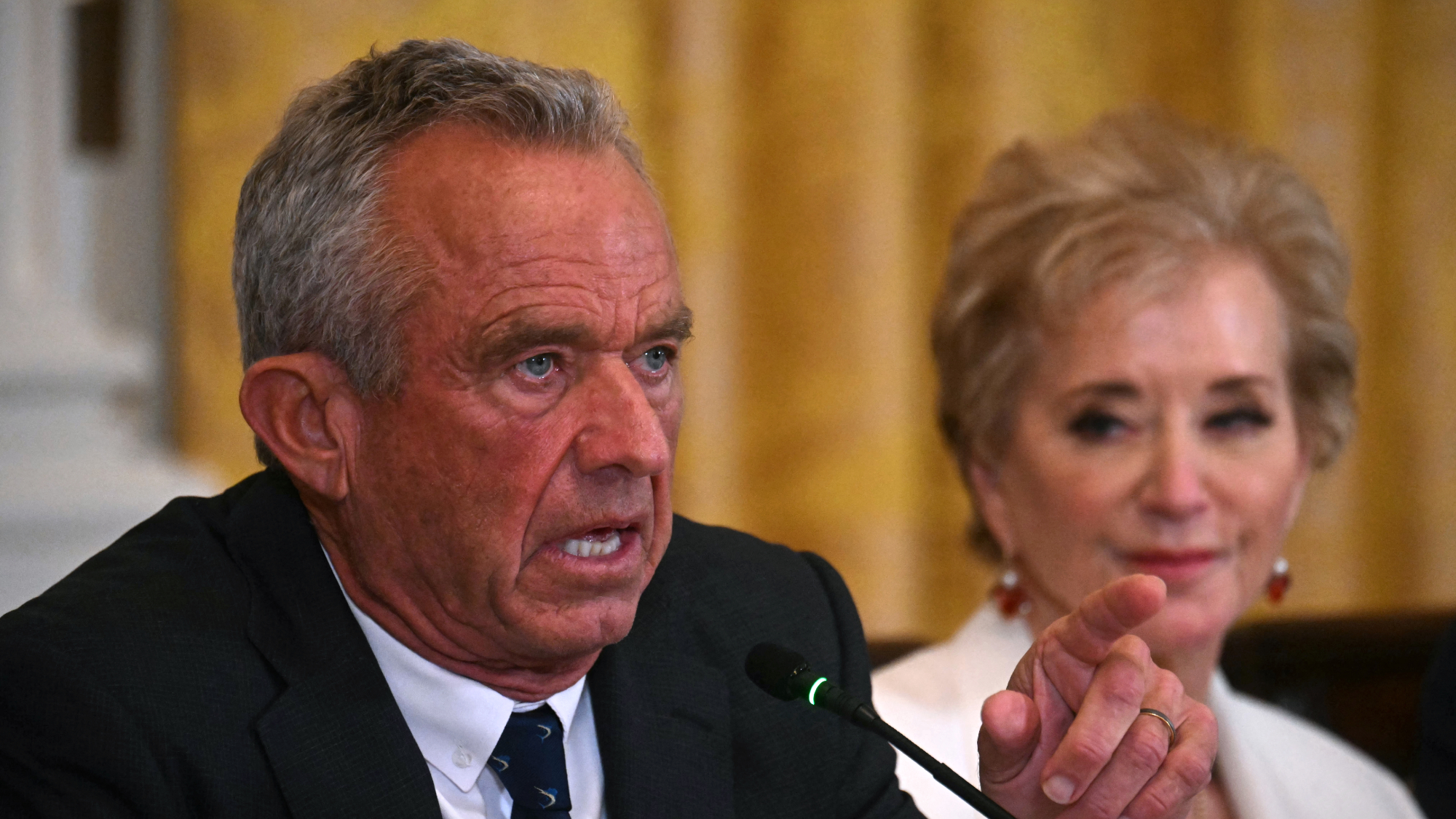 Kennedy ousts entire CDC vaccine advisory panel
Kennedy ousts entire CDC vaccine advisory panelspeed read Health Secretary RFK Jr. is a longtime anti-vaccine activist who has criticized the panel of experts
-
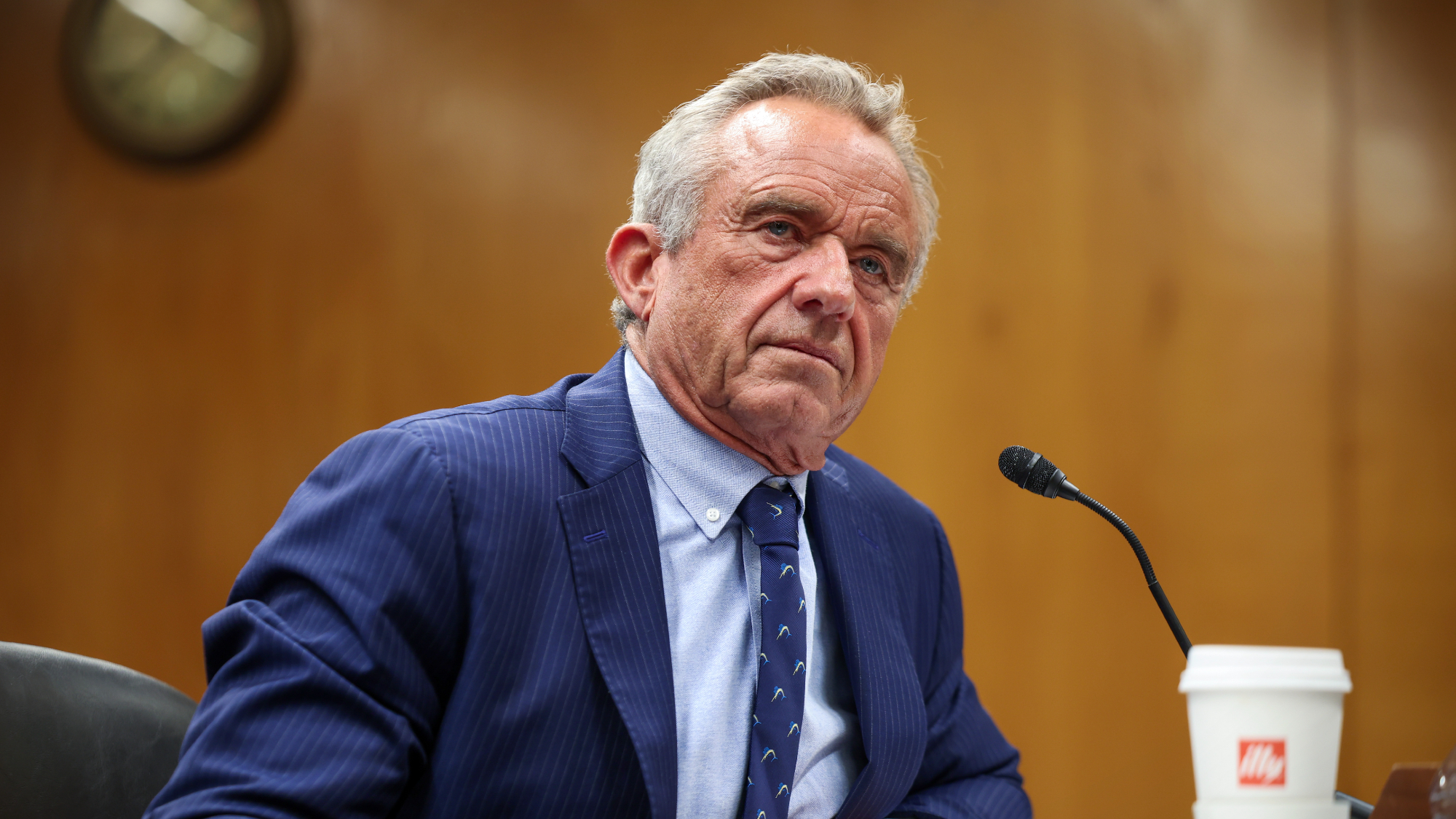 RFK Jr. scraps Covid shots for pregnant women, kids
RFK Jr. scraps Covid shots for pregnant women, kidsSpeed Read The Health Secretary announced a policy change without informing CDC officials



